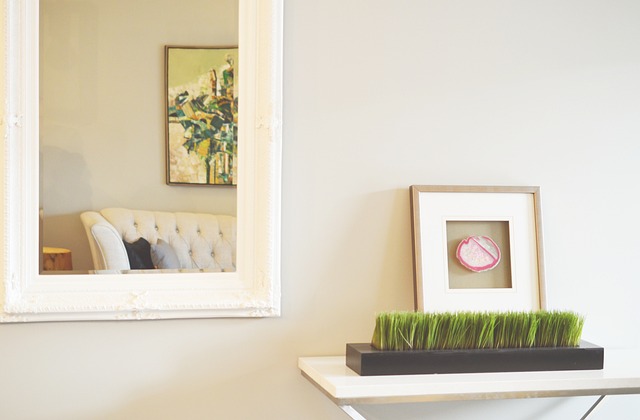
Your home is your sanctuary, but lurking behind those walls could be a silent menace – dampness and mold. While these issues are often underestimated, they can wreak havoc on your home’s drywall, causing not just aesthetic problems, but also posing health risks. Let’s explore how dampness and mold affect your home’s drywall, and why it’s crucial to address these issues promptly.
Structural Damage:
Dampness seeping into your walls can compromise the structural integrity of your drywall. Over time, this moisture weakens the material, leading to cracks, sagging, and even crumbling. This structural damage can be costly to repair.
Aesthetic Deterioration:
Mold thrives in damp environments, and once it finds its way into your walls, it can stain and discolor your drywall forming ugly patches and spots.
Health Hazards:
Mold spores can become airborne, leading to respiratory issues, allergies, and other health problems, especially for children and individuals with compromised immune systems. Damp and mold-contaminated drywall can exacerbate these health risks, making it imperative to remove the affected drywall promptly and ensure proper ventilation to prevent future occurrences.
Unpleasant Odors:
Mold growth often produces musty odors that can permeate your home. These smells not only indicate an existing problem but can also make your living spaces less inviting. By addressing the root cause, you can eliminate these odors and create a fresher, healthier environment.
Don’t underestimate the impact of dampness and mold on your home’s drywall. By understanding the risks they pose, you can take proactive steps to prevent these issues. Regular inspections, proper ventilation, and swift action when you suspect a problem can save you from costly repairs and create a safer, more beautiful home for you and your family. Stay vigilant, and your home will remain the haven you deserve.


